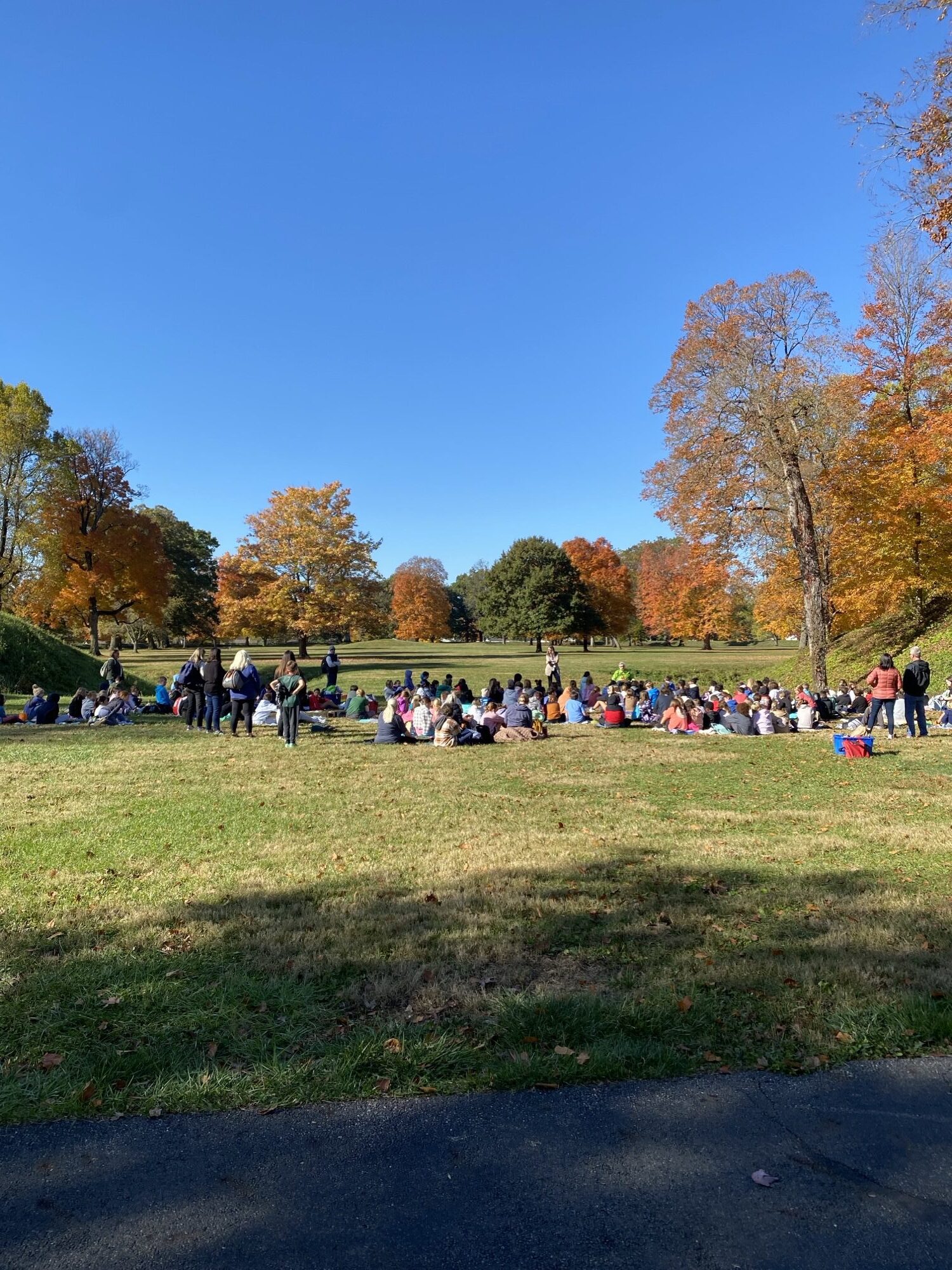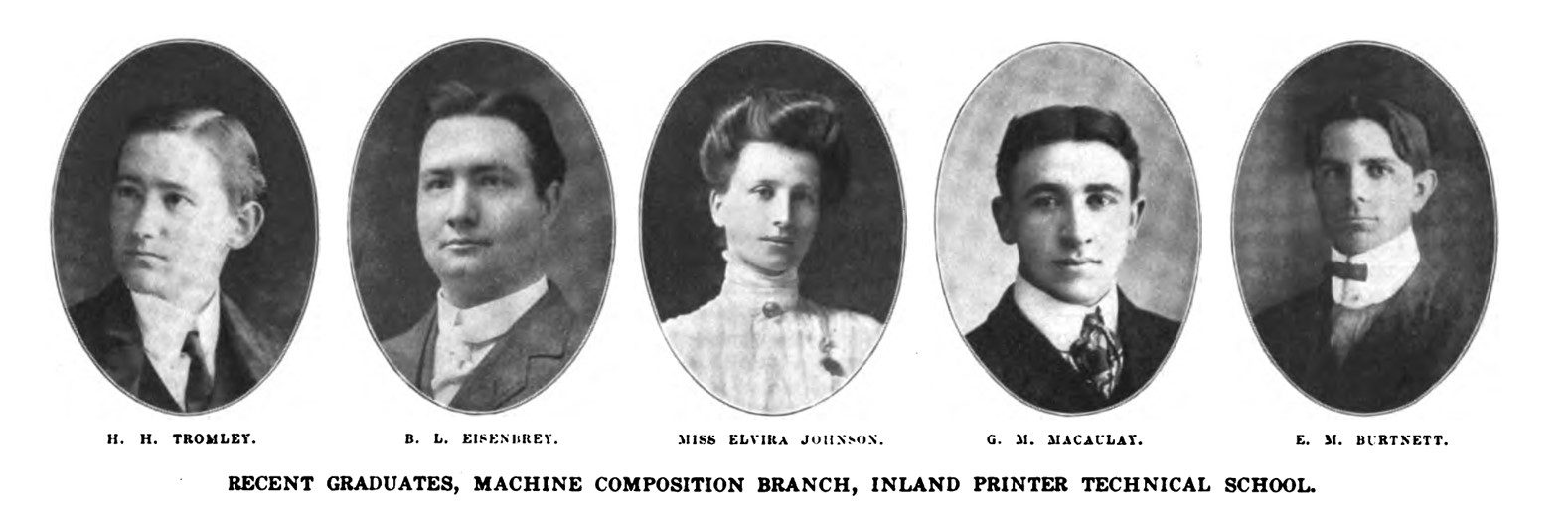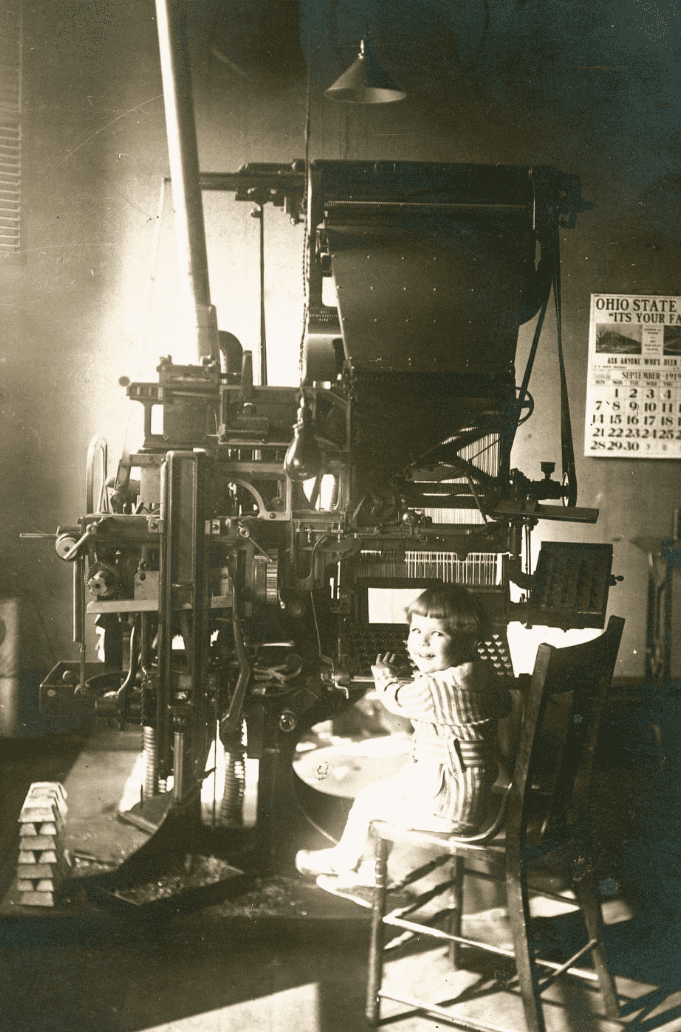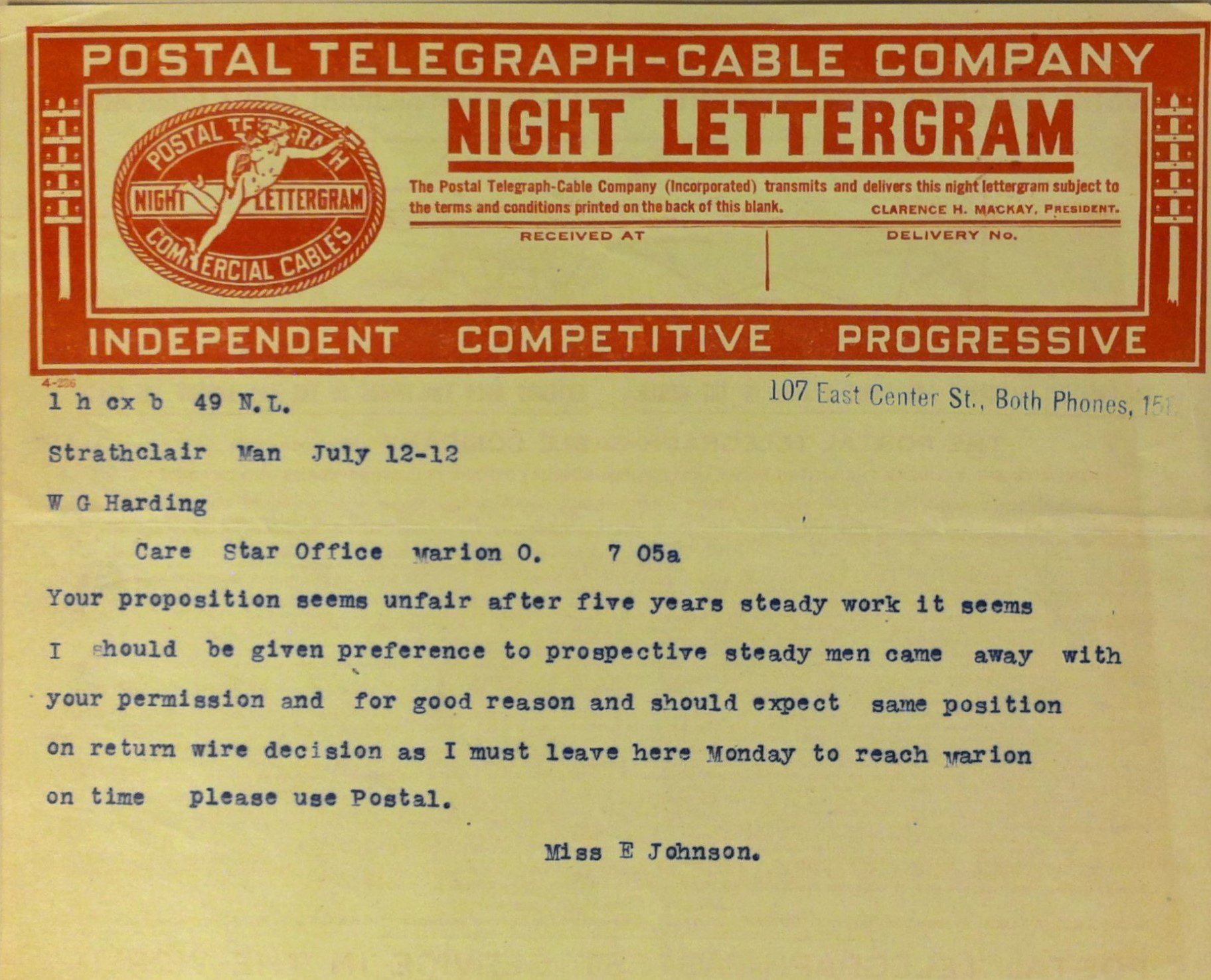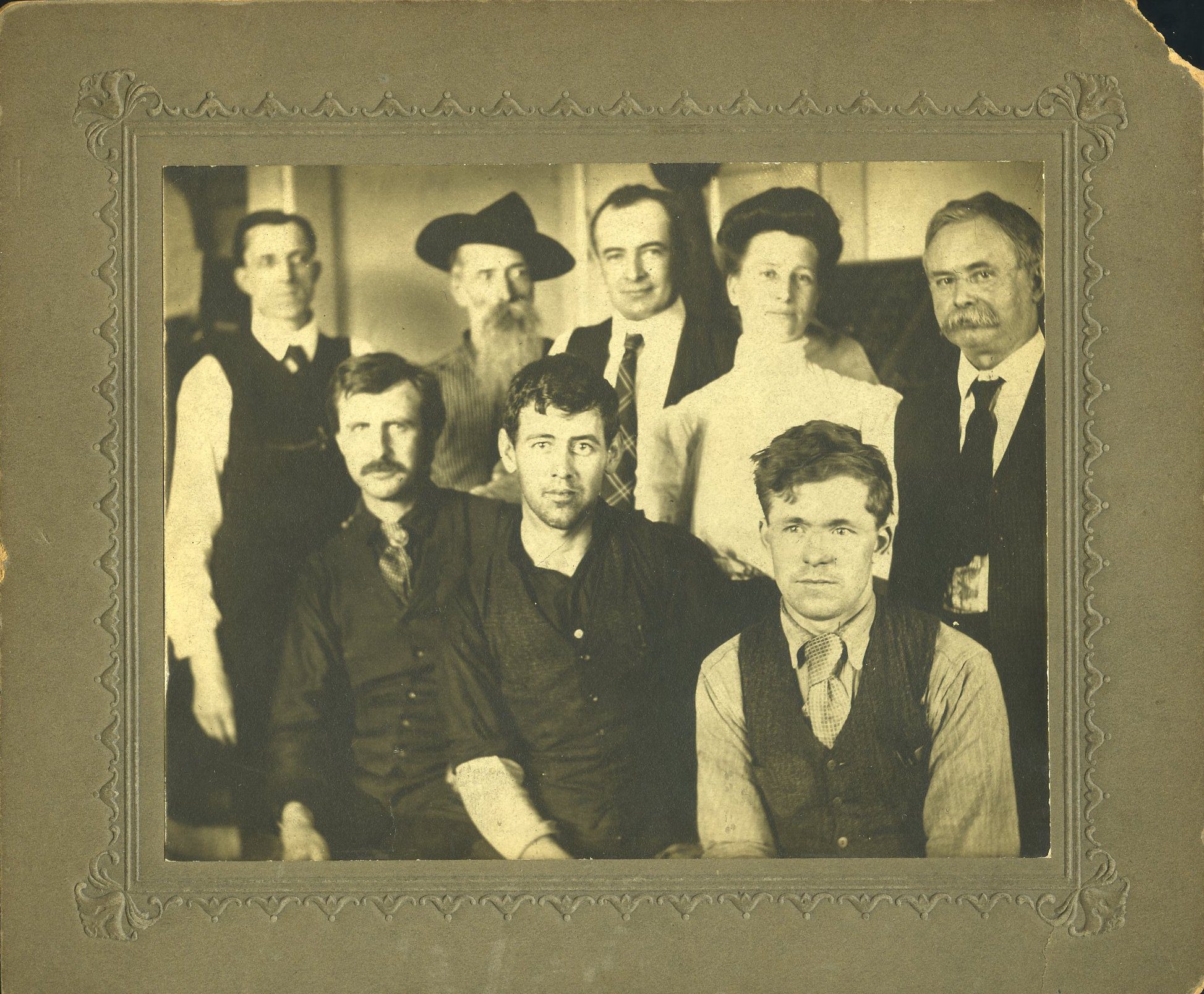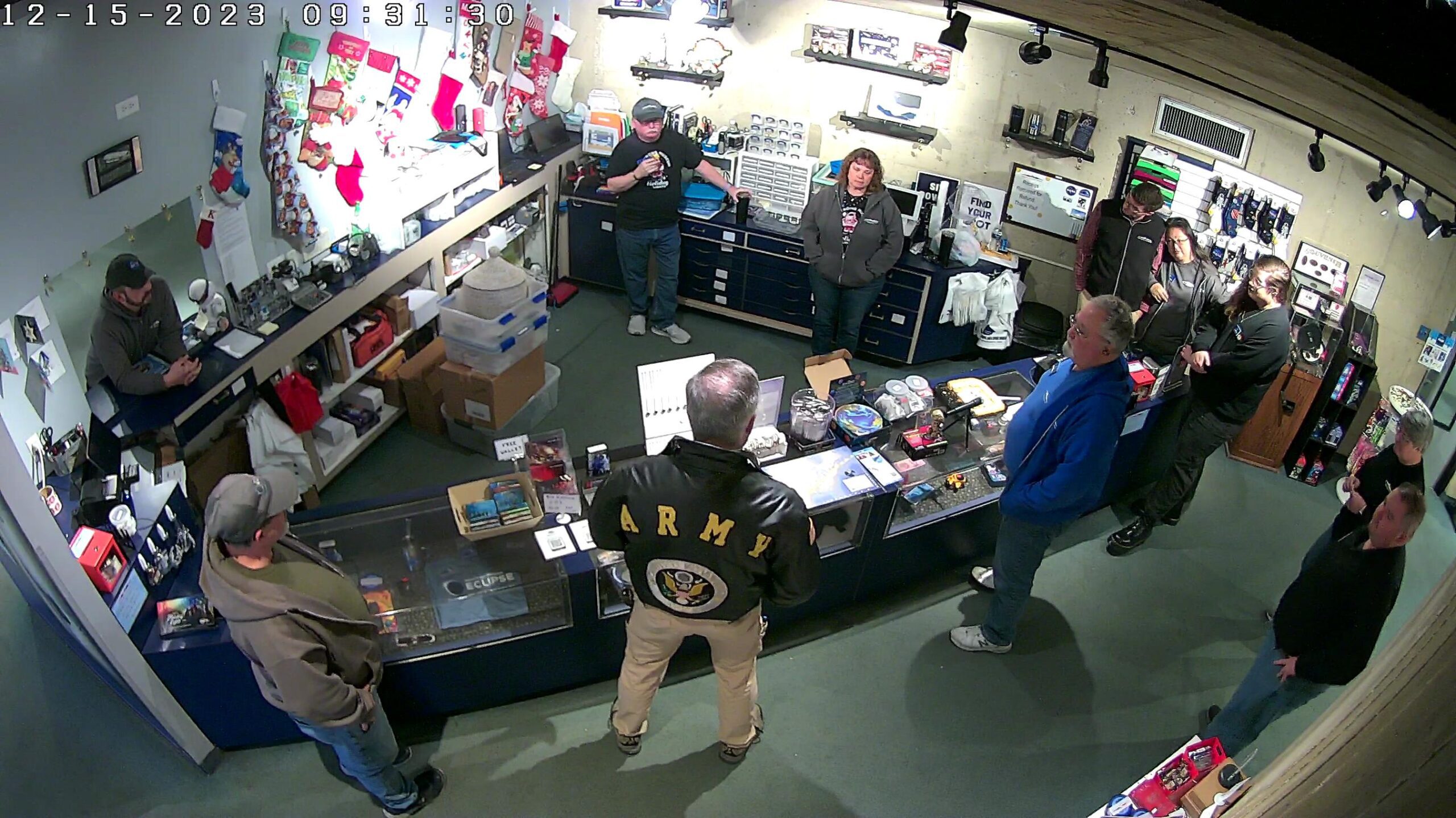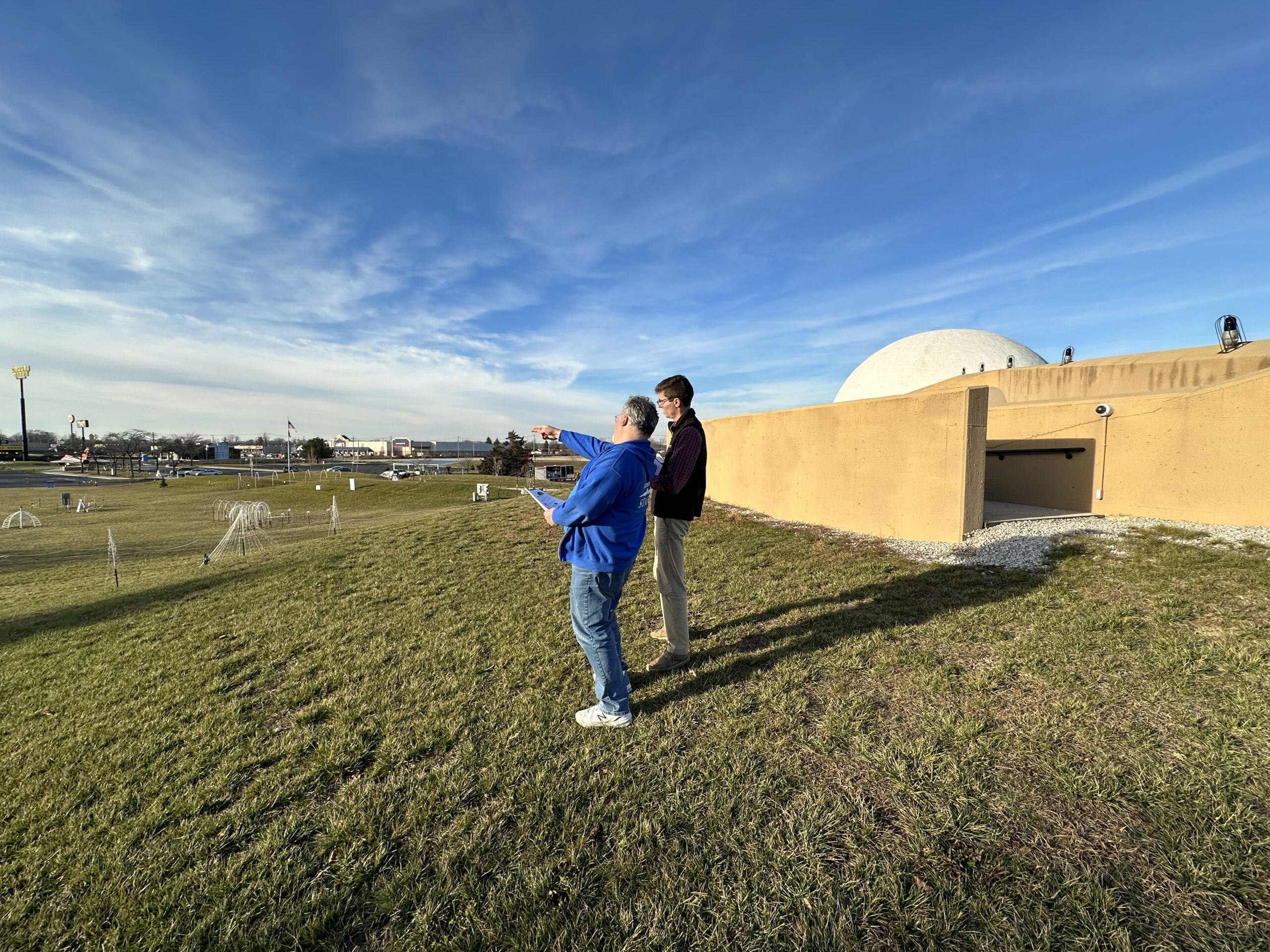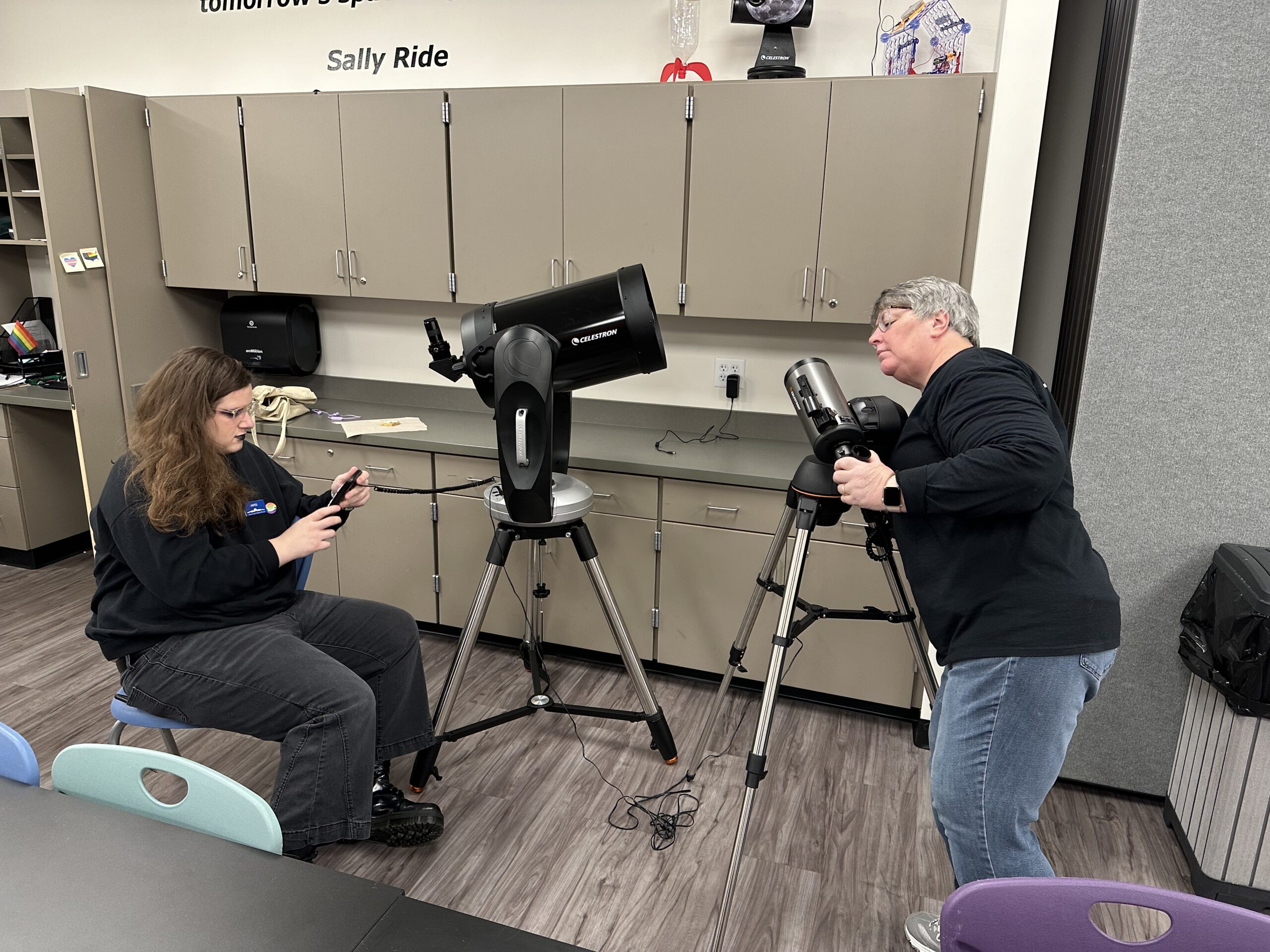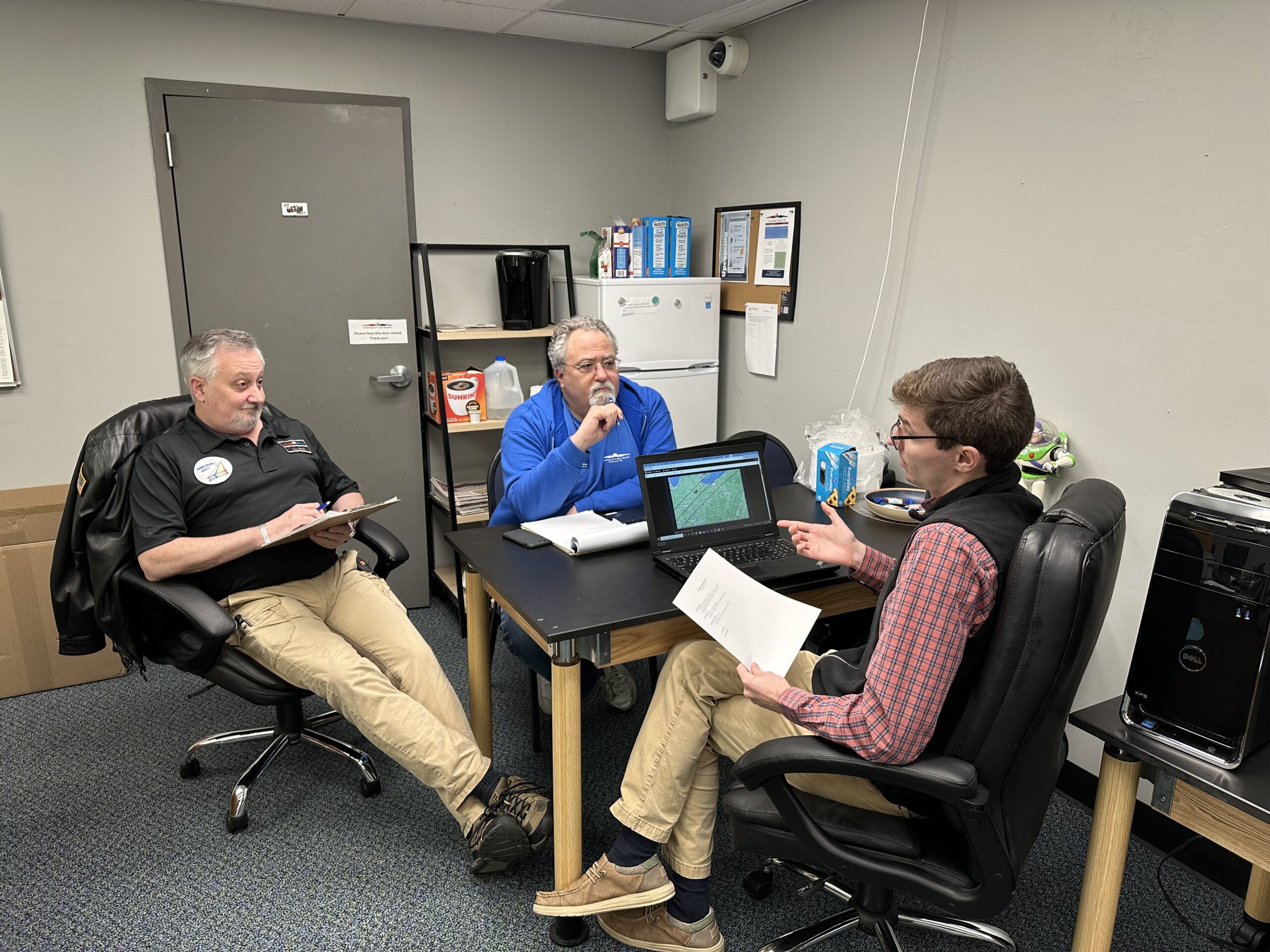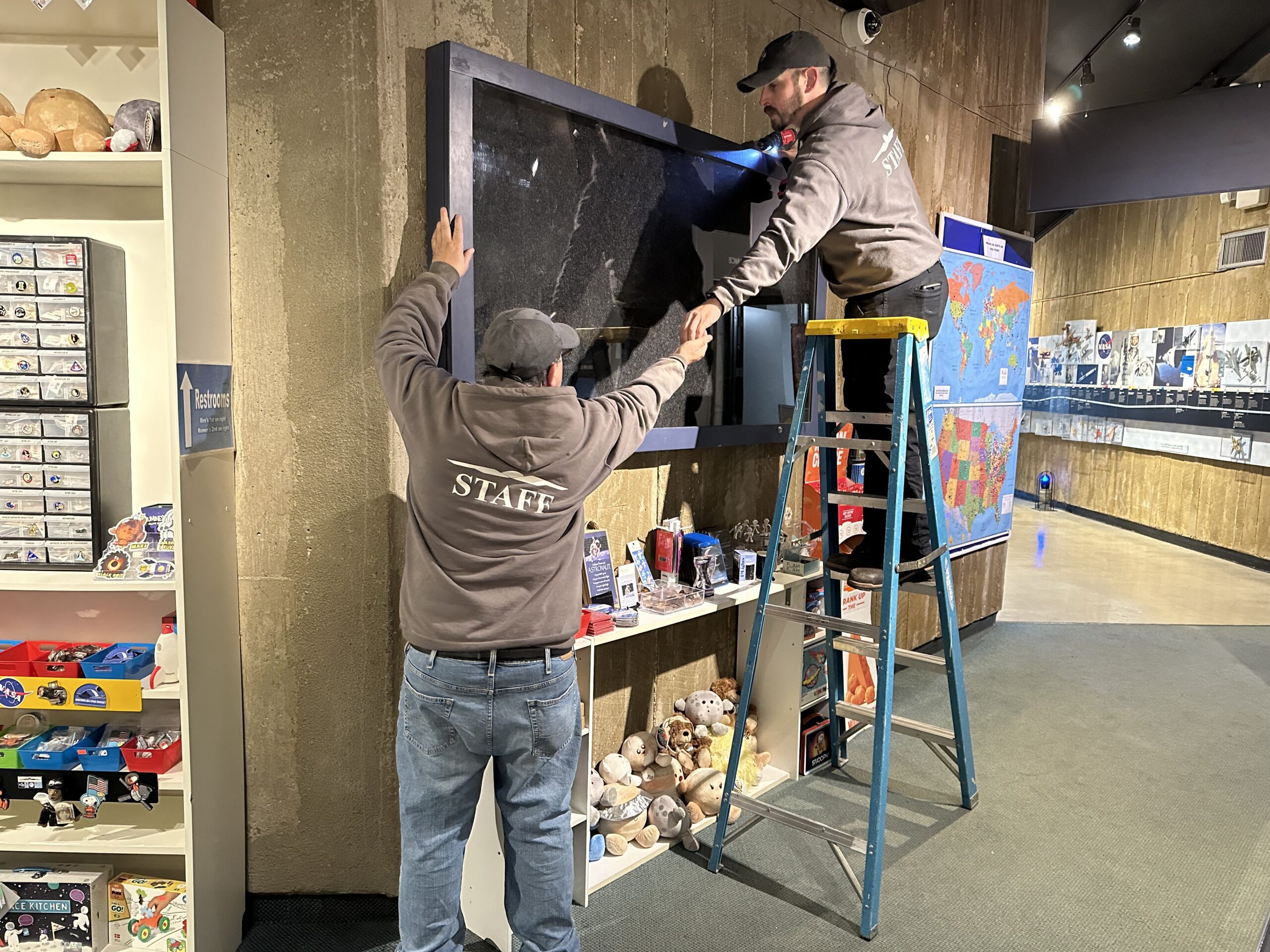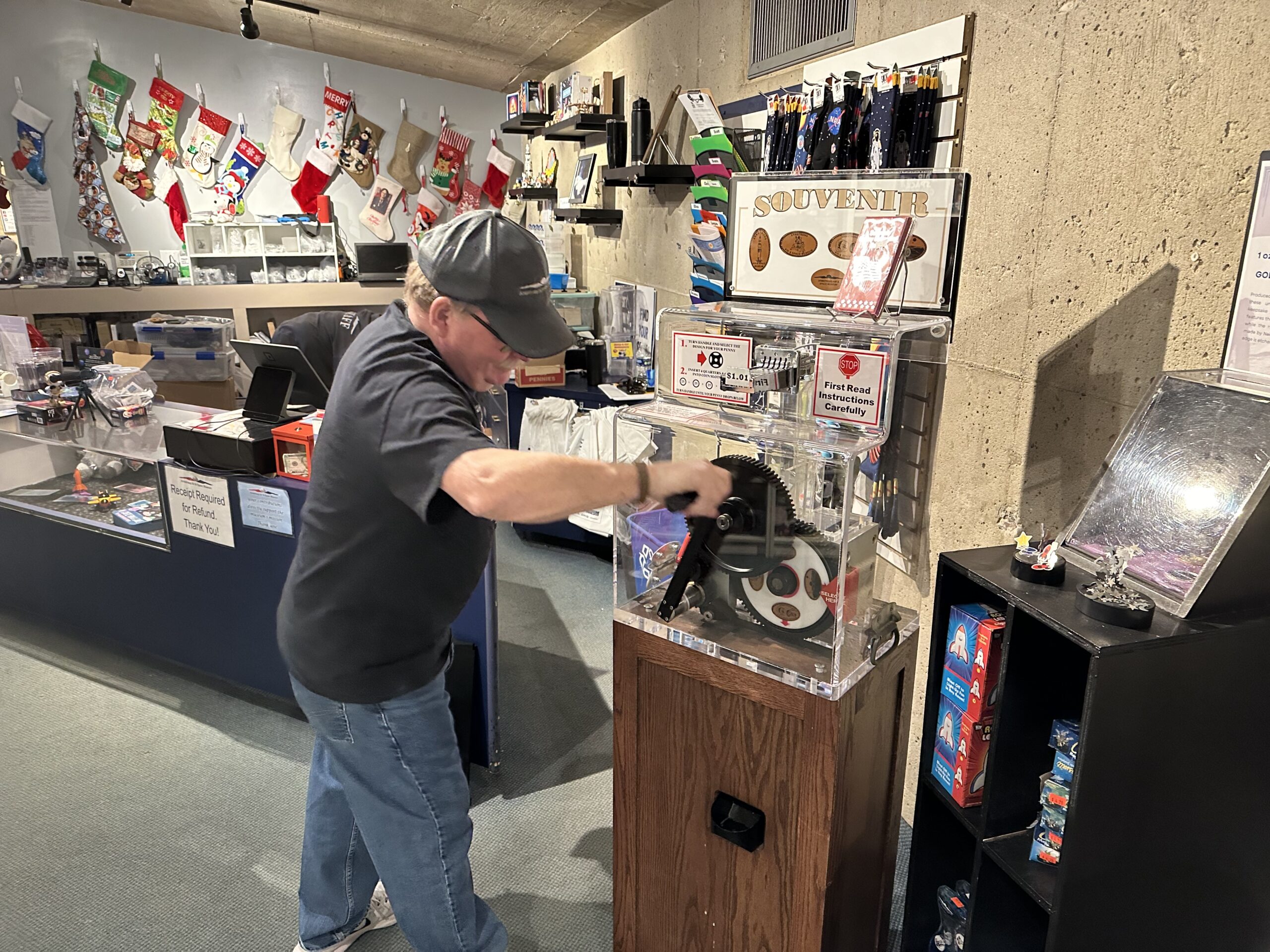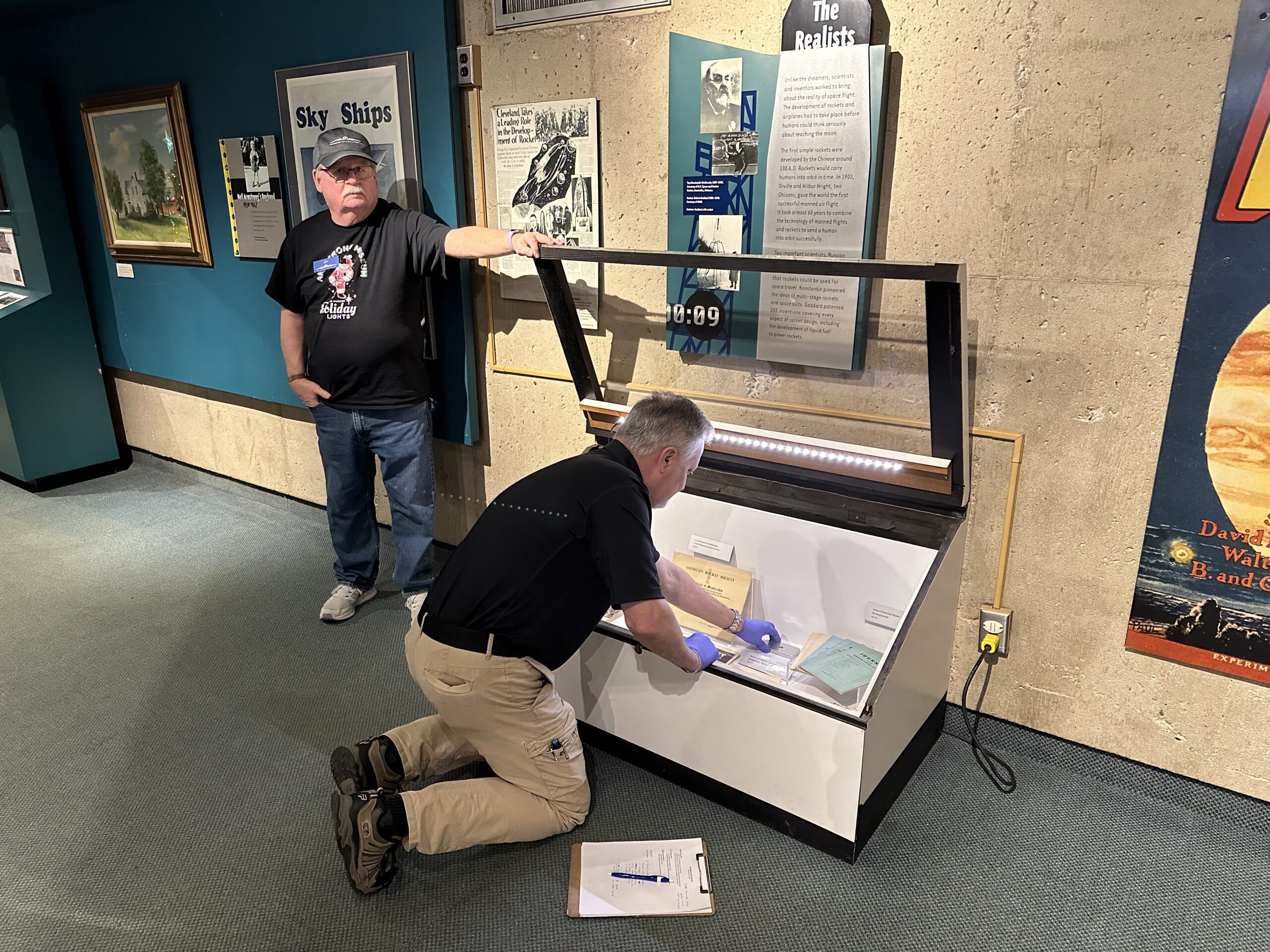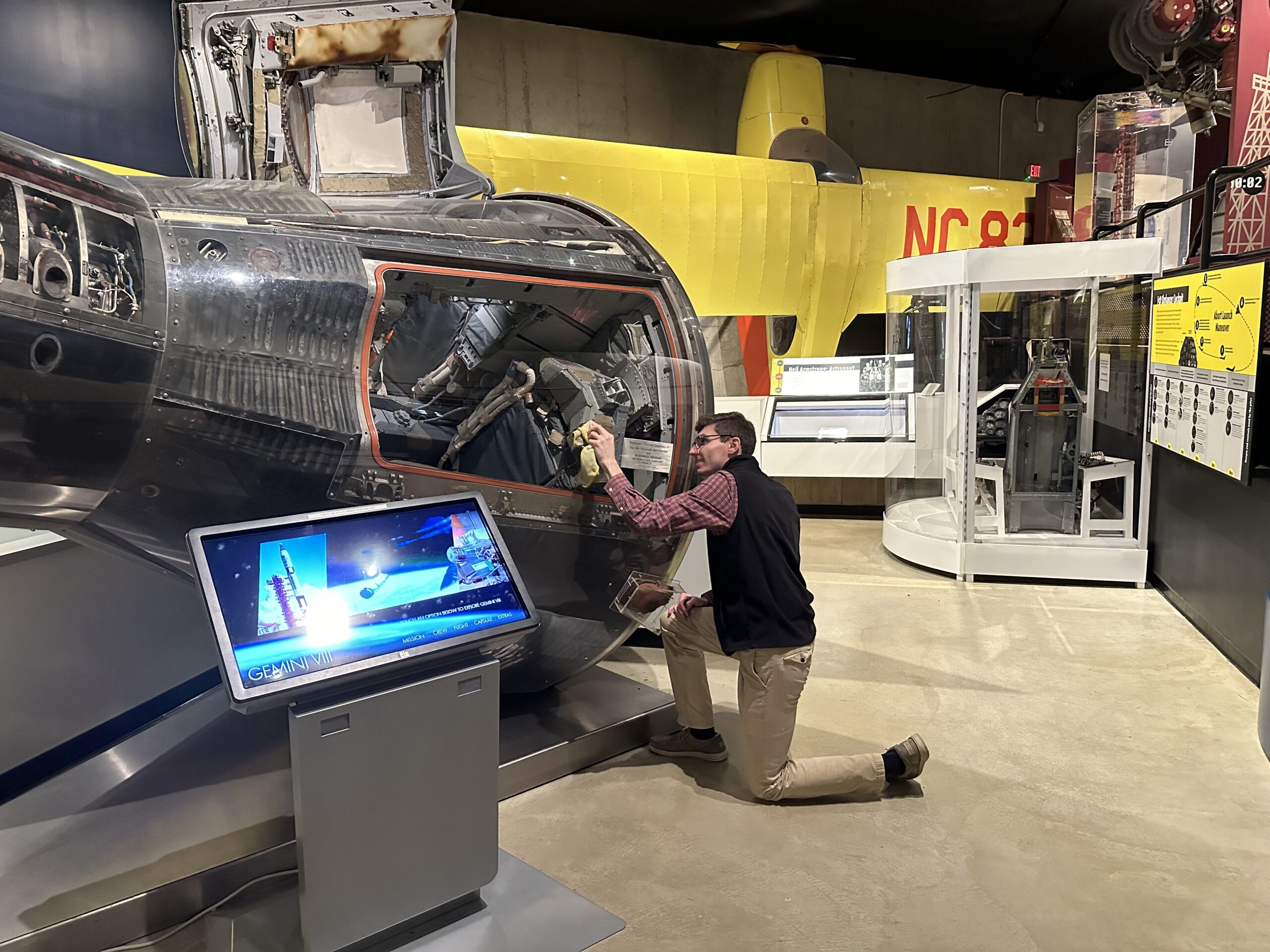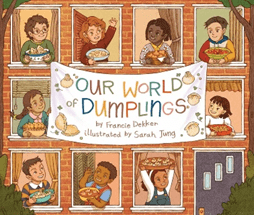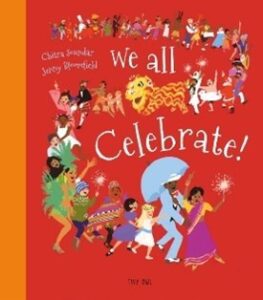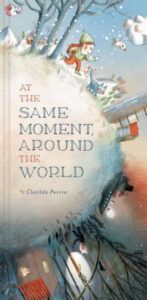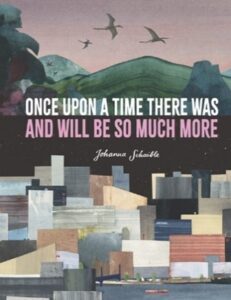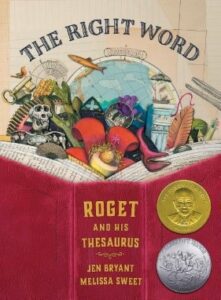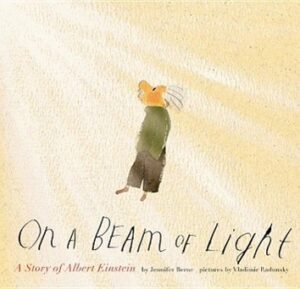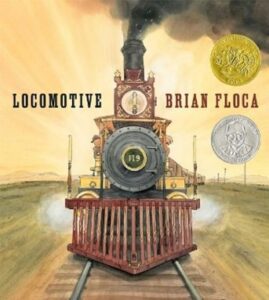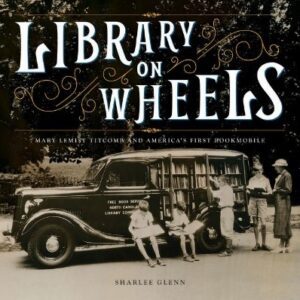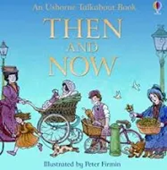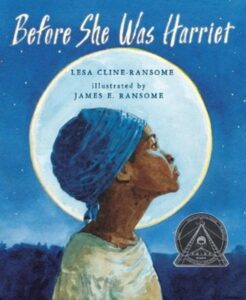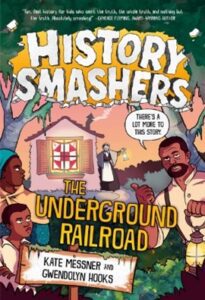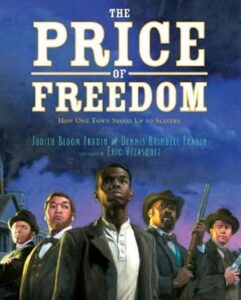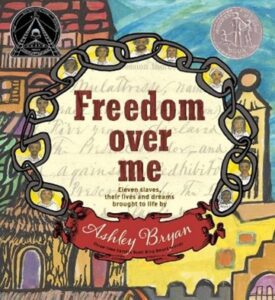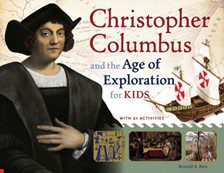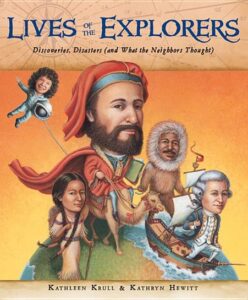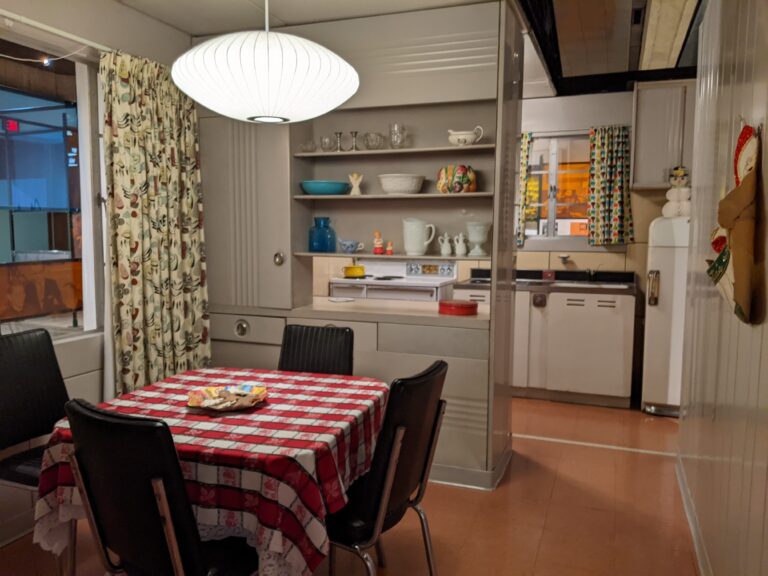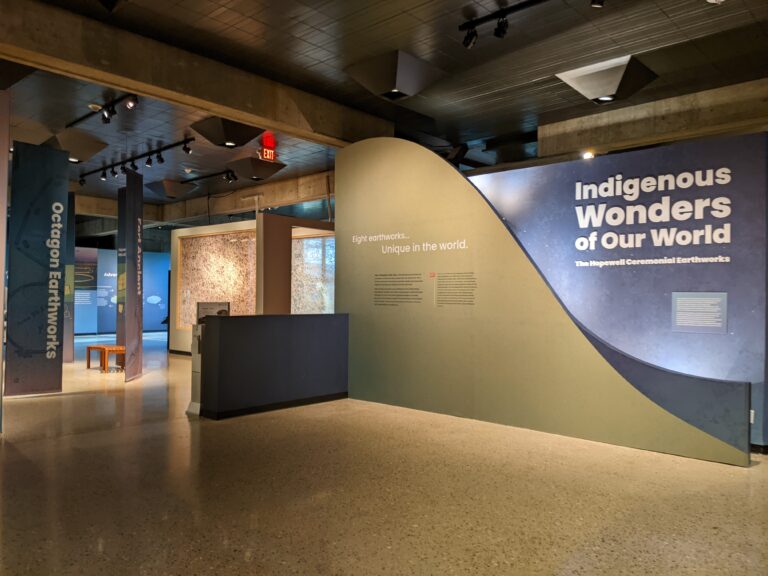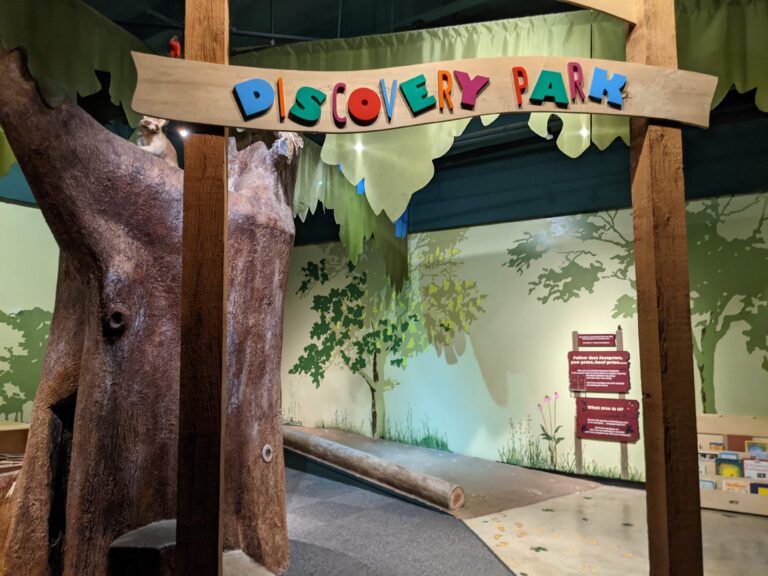Ohio's Black Artists: A History of a Trailblazing Museum and Resources to Engage Students Today
The 2024 theme of Black History Month in the United States is “African Americans and the Arts,” and, in that spirit, this month’s Resource Roundup discusses the National Afro-American Museum and Cultural Center’s (NAAMCC) influence on the art world. Be sure to read on for resources on teaching art in the classroom and a list of where to find the work of several of the artists whose work has been featured at NAAMCC. Special thanks to Kevin Lydy at NAAMCC for writing this month's blog.
The National Afro-American Museum and Cultural Center opened its doors on April 16, 1988. It was the product of a passionate political campaign, the battle against institutional racism, and a desire to document the rich history of Black excellence at Wilberforce in Ohio, where the museum is located.
Until the National Museum of African American History and Culture opened in Washington, D.C. in 2016, NAAMCC carried the torch as the only institution of its kind. The museum quickly became a major influence on Ohio and on American society. NAAMCC influenced the art world in three major ways. The first was to be a home base for Black artists by bringing local and national artwork to the museum. The second was to generate world-renowned exhibits that traveled all over the world, bringing Black art to the people. Third, NAAMCC was one of the first institutional collectors of Black protest art.
Over the years, NAAMCC has hosted some of the most renowned Black artists. With funding from the NEA, NEH, Honda of America, the Rockefeller Foundation, and John S. and James L. Knight Foundation, the museum opened its second major traveling exhibition in 1999 called When the Spirit Moves: the Africanization of American Movement. The celebration of art and dance brought together several major players and institutions, including the Dayton Contemporary Dance Company (DCDC) and the Springfield Museum of Art. DCDC debuted a dance performance called When the Spirit Moves: African American Art inspired by Dance. Eventually, the exhibit traveled to the Smithsonian Institution in Washington, D.C.
In 1991, The Ford Foundation granted the NAAMCC $50,000 to purchase art associated with the Black Protest and Black Nationalist movements of the 1960s, ’70s and ’80s. This includes work by Calvin Burnett, Dana Chandler, Bing Davis, Jeff Donaldson, Tom Feelings, Reginald Gammon, Eddie Jack Jordan Sr., Jon Onye Lockard and Betye Saar. In 1993, the museum received a second grant and thus added Claude Clark, Valerie Maynard, Cedric Adams, and Richard Wyatt Jr. to the NAAMCC collection.
Through these grants, as well as donations and other purchases of art, the museum has become a pioneer in collecting art of this style and period. For example, since the acquisition of Gammon’s Freedom Now, it has traveled to major exhibitions in Paris, London, and New York. The Smithsonian currently has NAAMCC’s Betye Saar and Barkley Hendricks pieces on exhibit. All the pieces mentioned in this blog have traveled to shows outside of their permanent home at the NAAMCC, bringing Black art to the people worldwide.
For more information on the NAAMCC Black Art Collections, contact Linda Collins, NAAMCC Manager of Collections, at [email protected].
Resources
- BlackHistoryMonth.gov, which is a collaboration between the Library of Congress, National Archives and Records Administration, National Endowment for the Humanities, National Gallery of Art, National Park Service, Smithsonian Institution and United States Holocaust Memorial Museum, has an excellent bank of resources for teachers.
- The Smithsonian American Art Museum has created many teacher guides to help you integrate African American art in your classroom.
- Musical Harlem, a lesson plan from the Kennedy Center, focuses on teaching grades 3-5 students about the Harlem Renaissance and jazz music.
- The History of Hip Hop is a collection of interviews from NPR detailing the history of hip hop music.
- The Poetry Foundation’s Celebrating Black History Month collection features poems, articles and podcasts centered on African American history.
- Teaching Black History, Thought, and Culture Through Art features the work of eight African American artists along with suggestions to help students engage with the art and its history.
Black Artists’ Work Available Online
- Jacob Lawrence, known for his dynamic cubist style, had three shows at NAAMCC and visited in person in 1990 for the opening of Paintings and Drawings. You can find his work at MoMA, the Smithsonian American Art Museum and the Phillips Collection.
- Reginald Gammon was an exceptional artist whose work often focused on the civil rights movement, including Freedom Now, a world-renowned piece of protest art acquired by NAAMCC. You can find his work here, available from his estate, as well as a primary source activity from the National Humanities Center centered on Freedom Now.
- P. Ball, a photographer, and Robert Duncanson, a painter, worked together from roughly 1845 to 1855 in Ball’s studio in Cincinnati, Ohio. Their work is featured in NAAMCC’s “Rhythm of Revolution” exhibit, which features Black artists who transformed our nation by interpreting contemporary challenges and finding a way forward into a better future. Discover the work of these trailblazers at the Smithsonian American Art Museum.
- Emma Amos, a provocative artist who attended college in Ohio, introduced her exhibition Paintings and Prints at NAAMCC, in collaboration with Antioch College in March 2004. You can find some of her work on her website, as well as from the Ryan Lee Gallery.
- Kojo Kamau, a Columbus, Ohio photographer, documented the importance of African American culture and accomplishment for over fifty years. His work was featured at NAAMCC in a retrospective entitled Kojo: Eyewitness to History in 2016. He passed away a little over a month after the opening but expressed to his peers that this was his best exhibit to date. You can find a collection of his work at the Columbus Metropolitan Library and at Art Makes Columbus.
Blog image citation: Wall text, Rhythm and Revolution, National Afro American Museum and Cultural Center, Wilberforce, Ohio.

